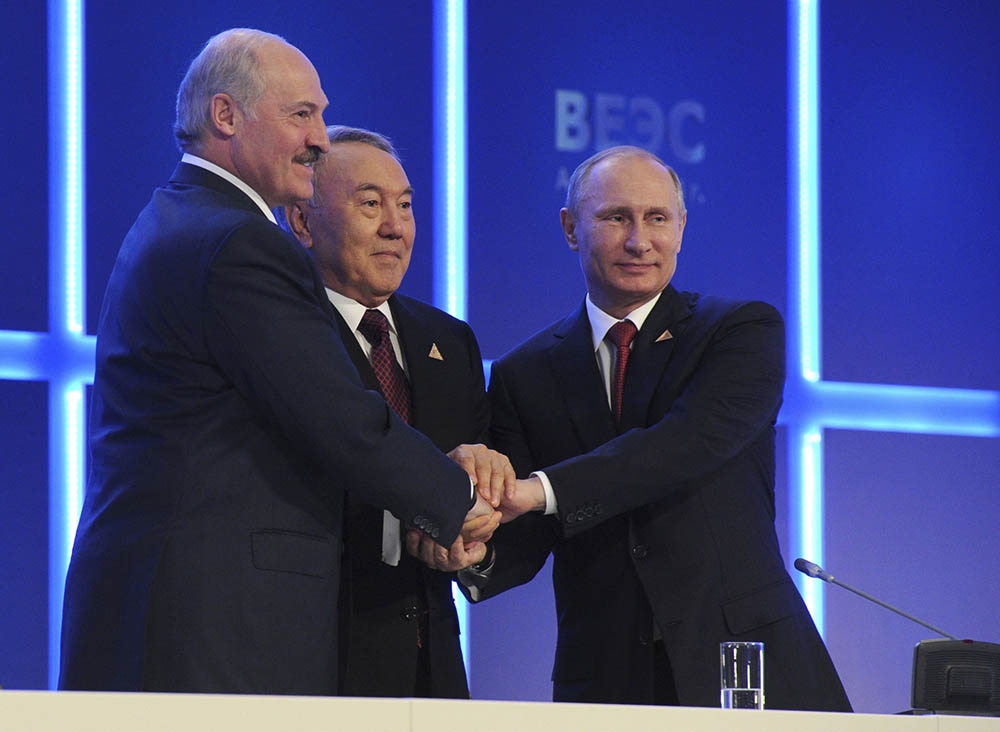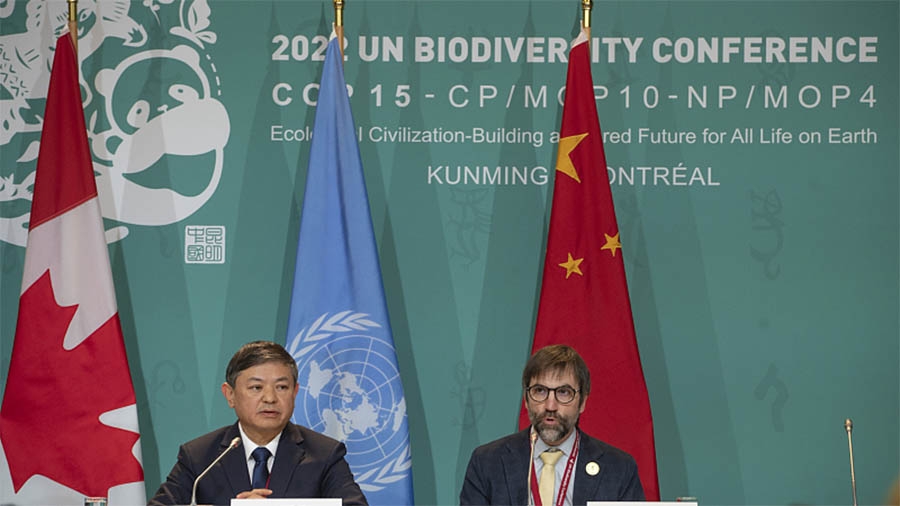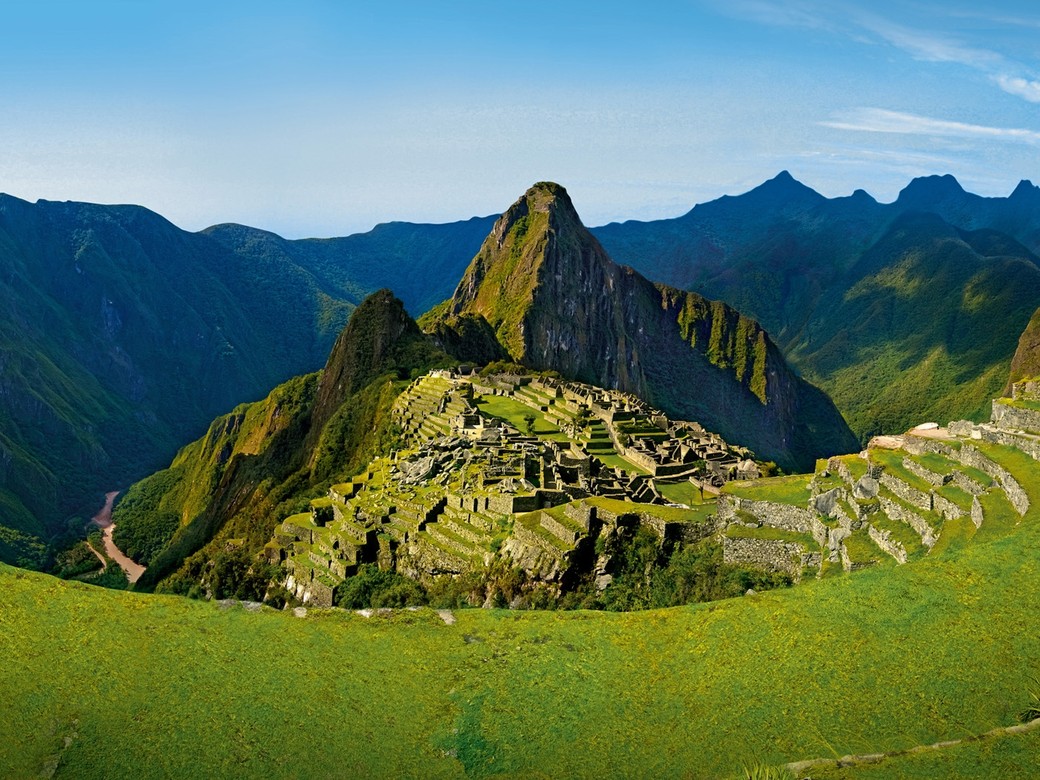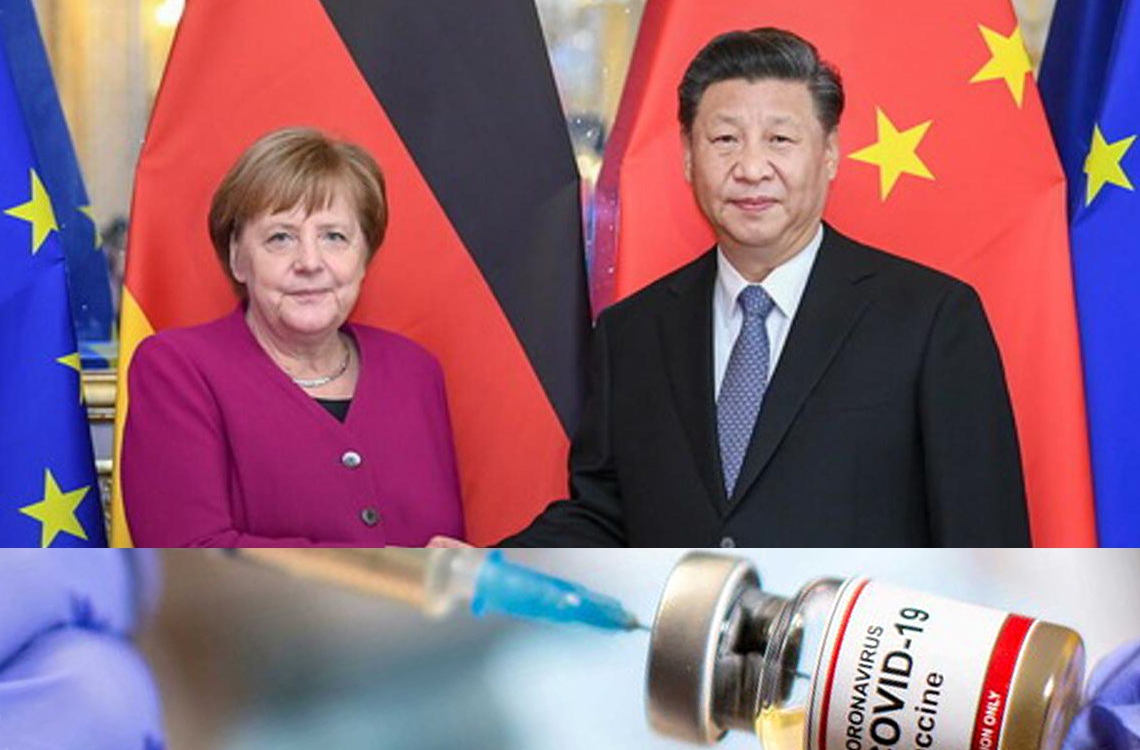
What Really Stands Behind Eurasian Economic Union?
Above: From left: President of Belarus Alexander Lukashenko, President of Kazakhstan Nursultan Nazarbayev and President of Russia Vladimir Putin signed the Treaty of Eurasian Economic Union in Astana. The treaty came into force January 1, 2015. | Photo courtesy: Mikhail Klimentyev/RIA Novosti
Media has paid little attention to the Eurasian Economic Union (EEU) between Russia, Kazakhstan, and Belarus that came into force in the beginning of January. A few journalists who covered the event portrayed the EEU as a menace to the world security, the Russian President Vladimir Putin’s ambition to revive the former Soviet Union and the beginning of the new Cold War.

As luring as these nostalgic views can be, they are mere speculations and simply don’t reflect the true motivations behind the Eurasian Union. The establishment of the EEU has long been in the process, and it wasn’t Putin’s idea after all. The idea behind the EEU is a common sense that the European Union and other regional organizations like CARICOM, NAFTA, or ASEAN have followed when they joined together to have their say in the widening global economy.
The roots of the EEU took place in 1994, when the President of the Republic of Kazakhstan Nursultan Nazarbayev has proposed creating the Eurasian Economic Union between neighbouring countries during the address at the Moscow State University. According to Nazarbayev’s vision, the economic union will allow free flow of goods, capital, services, manpower, and facilitate foreign investments.
In February 2014, two-decades later, amid the events in Ukraine, Nazarbayev reminded the purpose of the Eurasian Union.
“The Eurasian Economic Union is a common market. It will be a fundamentally new relationship for the 21st century, working on the principles of equality, mutual benefits and interests of all participants,” Nazarbayev said during the meeting with foreign ambassadors and representatives of international organizations.
The Kazakh President has also addressed the concerns regarding the union’s resemblance to the former Soviet Union.
“We hear various expert opinions on the Eurasian Economic Union. I believe everyone should understand that it is not a political organization. Today, it is purely about economic cooperation, which is determined by the needs of our countries,” he said.
The members of the Eurasian Union have put hard work into the project. The Union established the Eurasian Economic Community in 2000, the Customs Union in 2010 and the Common Economic Space in 2011. Last year, the participants signed the EEU Treaty that came into force in the beginning of January. All institutions are meant to develop full economic potential of the member-states and foster partnerships with China, U.S., European Union and Asia-Pacific.

Retrieved from the Library of Eurasian Integration
Similarly to the structure of the European Union, the EEU has the executive body – The Eurasian Commission, the judicial body – the Court of the EEU, and the Eurasian Development Bank. National governments are represented by the Eurasian Commission’s Council.
The union’s population concludes over 173 million with a combined GDP of $4 trillion. Three countries represent 20 per cent of world gas reserves and 15 per cent of world oil reserves. The Common Economic Space will allow the EEU residents a free access to healthcare and social assistance. All residents will also have equal access to kindergartens and secondary education; some forms of higher education will also be available free of charge.
It’s not surprising that Kazakhstan initiated, led and actively promoted the creation of the Eurasian Union. The country is home to a quite successful institution that united its highly-diverse population. The Assembly of Nation, established two decades ago, represents a union of a more than 140 nations and ethnicities with 48 different faiths and confessions, speaking 23 languages – all living in peace on vast Kazakh lands.
On the international level, the Kazakh capital Astana offered to host many world talks, including the Normandy Four, the meeting of leaders of Russia, Ukraine, Germany and France. This June, Kazakhstan is preparing to host the fifth Congress of Leaders of World and Traditional Religions. The leaders will discuss religious extremism and how to prevent radicalization of youth.
The purpose of the EEU is far from the idea of building a new Soviet Union, it is rather the opposite: to link post-Soviet countries with the world, by fostering economic and cultural cooperation. Perhaps it’s time to stop viewing the world through the prism of old bipolar glasses, and start embracing the Earth’s diversity. The Assembly of Nations of Kazakhstan is a living proof that the United Nations can work, and people can friendly coexist on one planet.









